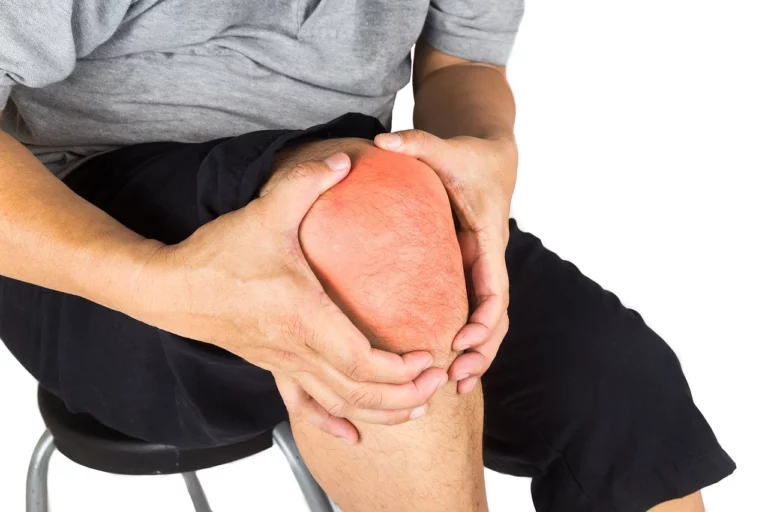Chronic pain affects millions of people worldwide, leading many to seek relief through various medications and therapies. While opioids have long been a go-to solution for severe pain, their potential for addiction, dependence, and dangerous side effects has raised serious concerns. In recent years, medicinal marijuana has emerged as a promising alternative, offering pain relief with fewer risks.
Understanding How Medicinal Marijuana Works
Medicinal marijuana contains active compounds such as tetrahydrocannabinol (THC) and cannabidiol (CBD), which interact with the body’s endocannabinoid system. This system helps regulate pain, inflammation, and mood, among other functions. Unlike opioids, which can depress the central nervous system and lead to overdose, medicinal marijuana primarily works by modulating pain signals and reducing inflammation without the same life-threatening risks.
Benefits Over Opioids
One of the main advantages of medicinal marijuana is its lower risk of addiction and physical dependence compared to opioids. While opioids can lead to tolerance, requiring higher doses over time to achieve the same effect, cannabis users generally do not experience this escalation. Additionally, marijuana has fewer severe side effects, such as respiratory depression, making it a safer option for long-term pain management.
How to Access Medicinal Marijuana for Chronic Pain
For anyone considering medicinal marijuana as part of their pain management plan, obtaining access is a straightforward process in states where it is legal. For example, if you are wondering how to get a medical marijuanas card in Washington, you need to start by consulting with a certified healthcare provider who evaluates their condition and determines eligibility. Conditions like chronic pain, arthritis, and neuropathy often qualify. Once approved, patients receive a medical marijuana card that allows them to purchase regulated products from licensed dispensaries.
Forms of Medicinal Marijuana
Medicinal marijuana is available in various forms, giving patients flexibility to choose what works best for their needs. Options include:
- Edibles: Discreet and long-lasting but slower to take effect.
- Tinctures: Fast-acting when taken sublingually, ideal for precise dosing.
- Topicals: Creams and balms for localized pain relief without psychoactive effects.
- Vaporizers: Quick relief but not suitable for everyone due to respiratory concerns.
Each form provides unique benefits, allowing patients to tailor their treatment to specific symptoms and lifestyle preferences.
Combining Medicinal Marijuana with Other Strategies
While medicinal marijuana can offer significant pain relief, it is most effective when combined with a holistic approach to pain management. This might include physical therapy, mindfulness techniques, or dietary adjustments to reduce inflammation. Patients should also consult their healthcare provider to ensure medicinal marijuana complements their current treatment plan without adverse interactions.
Conclusion
Medicinal marijuana is gaining recognition as a safer and effective alternative to opioids for managing chronic pain. With its ability to reduce pain and inflammation without the high risk of addiction, it offers new hope for individuals seeking relief.Getting a card is the first step toward accessing safe and regulated products that could improve their quality of life. By combining cannabis with a comprehensive pain management plan, patients can find a sustainable path to relief.


